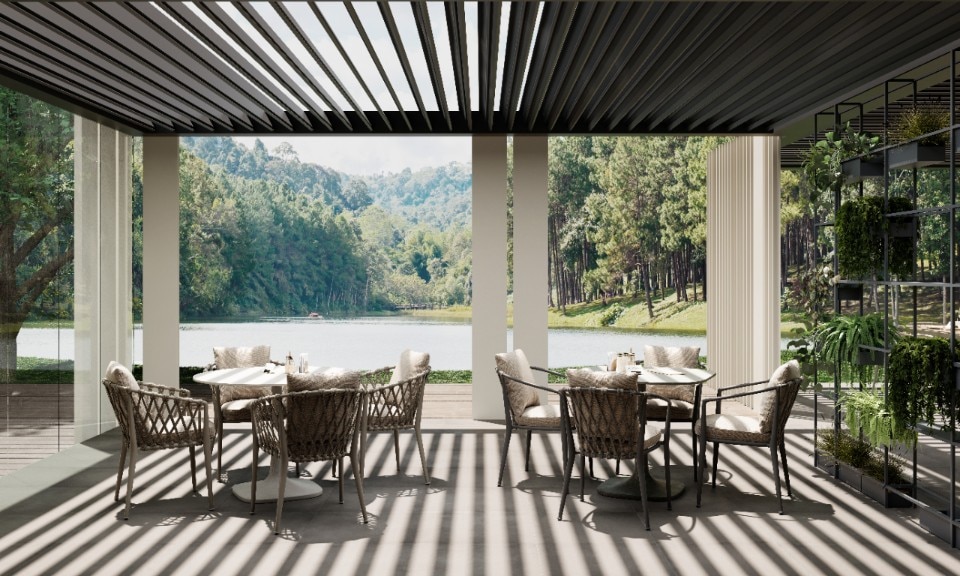We build out of necessity. Out of ambition and destiny. We build to remember. This is the case of Edoardo Camardella, who died tragically at the age of 28. On November 30, 2019, while skiing off-piste on Mont Blanc in the Aosta Valley, Edoardo was mercilessly swept away by an avalanche. Today he lives on in the stories told by his loved ones: his father Luciano and his mother Silvia, his many friends, those who shared his passion for the mountains and off-piste skiing, and those who traveled with him to Costa Rica, from where he had just returned when a ruthless avalanche took his life. He lives on in the black and white portrait in La Thuile, his hometown in Italy. The portrait adorns the entrance to the Up and Down bouldering gym, where Edoardo spent countless afternoons. His unmistakable figure catches the eye of all who enter to practice climbing. Someone has painted mountains on his head, creating an emblematic crown.
Today, proudly bearing the name of Edoardo Camardella, affectionately known as Edo to all who knew him, a new bivouac stands on the Ruitor glacier. This is a place that held a special significance to him and where the route he designed passed. The Edoardo Camardella Bivouac was inaugurated on July 1st, in a landscape of rock and snow at 3364 meters above sea level, overlooking the Mont Blanc massif.
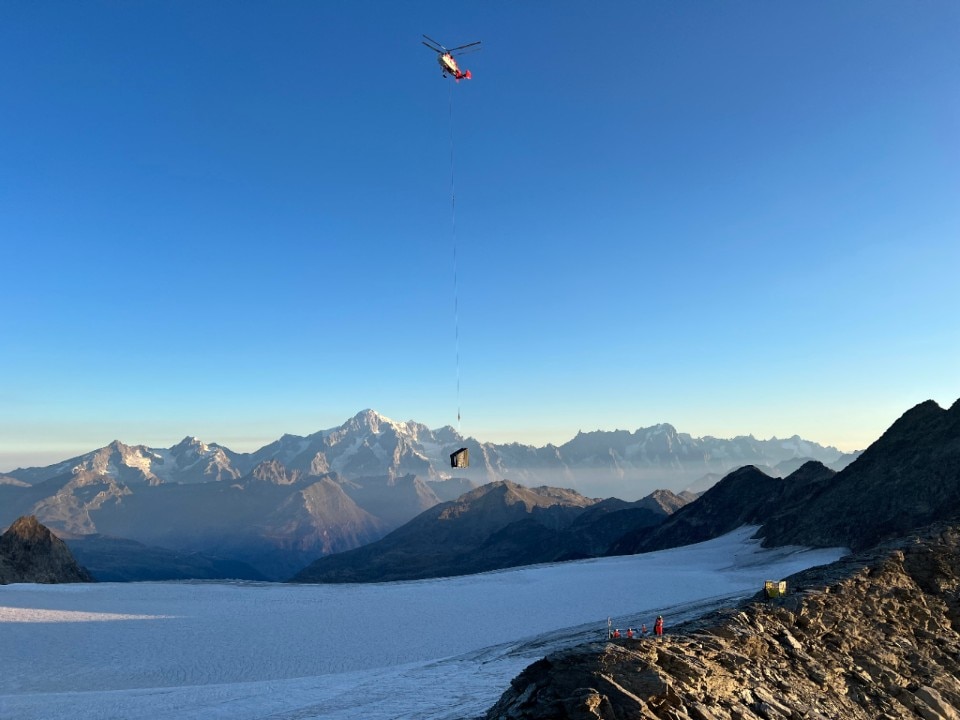
The bivouac is made of tin, steel and wood (for the interiors), and boasts a prefabricated shell designed for optimal insulation performance. Within its compact 5-square-meter space, the bivouac accommodates six beds, each equipped with self-hygienizing mats. It uses solar panels to provide heating via a floor coil, cell phone charging via dedicated wall sockets, and Wi-Fi. It is able to withstand the extreme elements of the glacier, where winds can reach staggering speeds of 280 kilometers per hour and temperatures can drop below thirty degrees below zero.
This was explained to Domus on the eve of the bivouac’s inauguration by the person who coordinated the project, Massimo Roj, director and founder of Progetto Cmr – one of the largest design companies in Italy, with an annual turnover exceeding 36 million euros. Roj, a Milanese who fell in love with the mountains and can’t get enough of them, feels at home in La Thuile. Wearing a hoodie featuring a distinctive logo representing the bivouac on his chest, Roj explains “I knew Edo well”. He fondly remembers the young mountaineer and ski instructor, recounting anecdotes such as the time he accompanied Edoardo to his first soccer match at San Siro Stadium, in Milan, to watch Inter play. “He was very close to my daughter”, he adds, then pauses – a pause that often happens here in the mountains when “Edo” is mentioned. It is as if time momentarily unravels, suspending everything in the embrace of that three-letter nickname, before resuming its course.
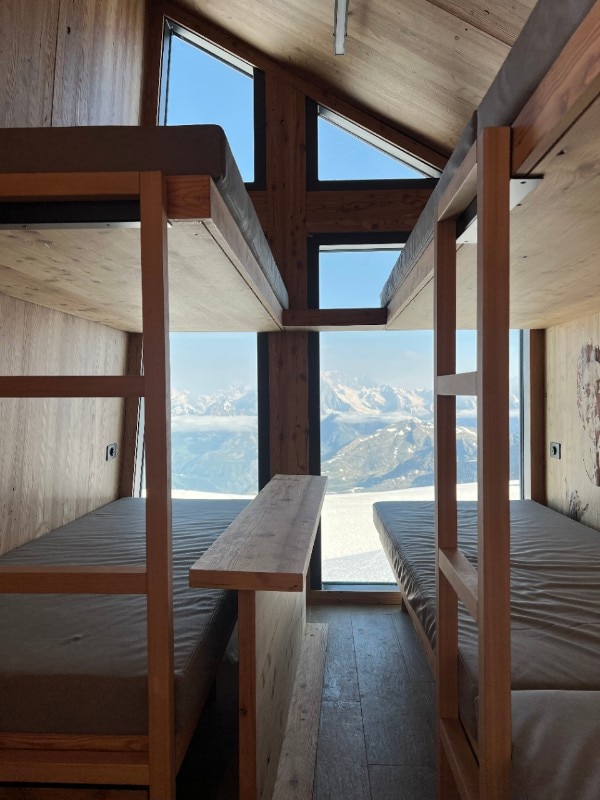
According to Edoardo’s father, Luciano Camardella, the idea for the bivouac came from friends shortly after his son’s tragic death. The initial plan was to restore an existing historic bivouac on the Ruitor glacier, which was supposedly financed by a prominent Aosta Valley figure in 1888. However, the original structure had deteriorated into a ruin, albeit a listed one. For the sake of simplicity, it was decided to build a completely new bivouac about 150 meters away. The bivouac rests on twelve piles embedded in a special concrete mix. They penetrate the permafrost and anchor the structure to the underlying rock. The construction process presented its own challenges. The three workers involved in the project recall being caught off guard by bad weather one day – an unforeseen storm before winter. Helicopters were unable to take off and rescue teams had to arrive on foot.
Building at these altitudes, in the lunar landscape of the glacier, was a feat. Massimo Roj recounts the transportation difficulties encountered during the process. A temperature six degrees higher than expected significantly affected the lifting capacity of the Russian twin-bladed helicopter responsible for transporting the components of the structure. These components had been assembled in the valley and displayed in the village in December 2021.
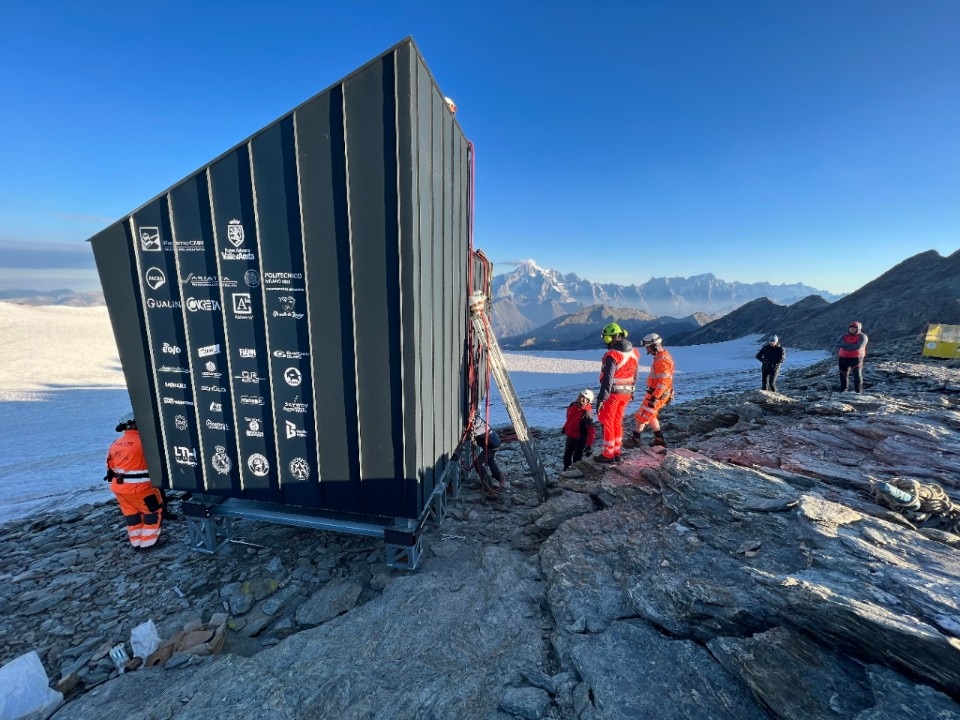
Remnants of this display, including the pedestal and graphics with a QR code to support the project, still adorn the square in front of the cable cars in La Thuile. The project, which ultimately cost more than 300,000 euros (a task in itself to raise), gradually involved a growing number of companies, leaders in their field and Italian excellence in construction and industry. Surprising choices were made, such as the entrance door, made by a company specialized in nautical components to ensure optimal insulation, or the special window and door frames. Next to the bivouac is a column with a real-time streaming video camera and sensors for a weather station – one of the highest in Europe.
Inside the bivouac, a single large window offers an enchanting view of the Mont Blanc massif. On one wall, next to one of the beds, in the wood, there is a portrait of Edoardo Camardella. Two thousand meters below, in the village, not far from the other portrait of the boy, in a square just in front of the Up and Down, a wooden framework known as the “Bivouac” has been erected. While its dimensions mirror those of the original bivouac, its design simplifies the structure through the use of load-bearing lines – similar to those featured on the caps and T-shirts available in the project’s merchandise section. This installation serves as a place to share the story of the project with the village community. By scanning a QR code, visitors can embark on an augmented reality experience and virtually explore this “small artifact of enormous complexity”, as Roj describes it, located at a height that not everyone would be able to reach.
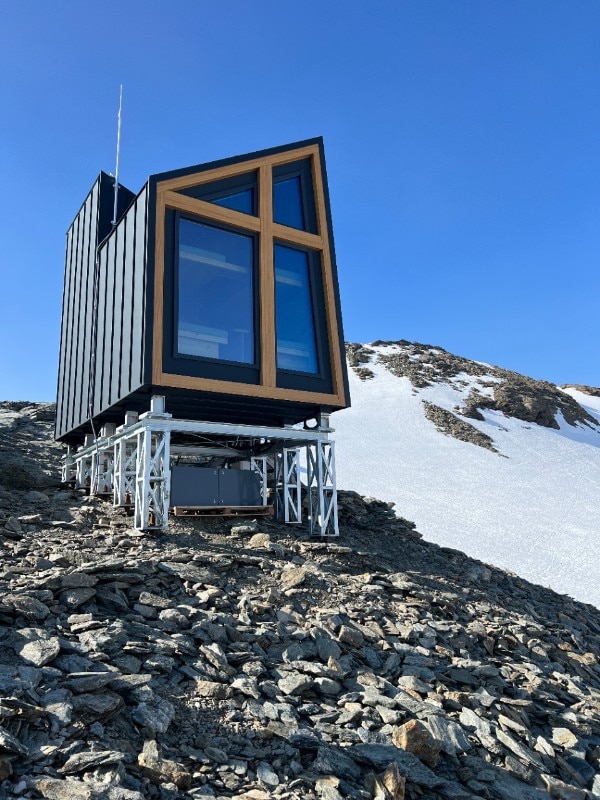
The journey from concept to reality involved about 12 or 13 different sketches and spanned nearly four years. The design phase alone took six months, says architect Roj. From the early stages, Roj recognized the significance of the number two in the project. “Two boys lost their lives in the avalanche, and that’s why the bivouac is built on two modules”, he says, remembering Luca Martini, who died in the tragic event along with Edoardo Camardella. Luca, an Italian from Savona in his early thirties, shared a deep passion for the mountains and steep skiing, spending winters in the Aosta Valley. “But we were connected to Edoardo”, says Roj. It is to Edoardo’s memory that the bivouac is dedicated, in the midst of the mountains that were his life.
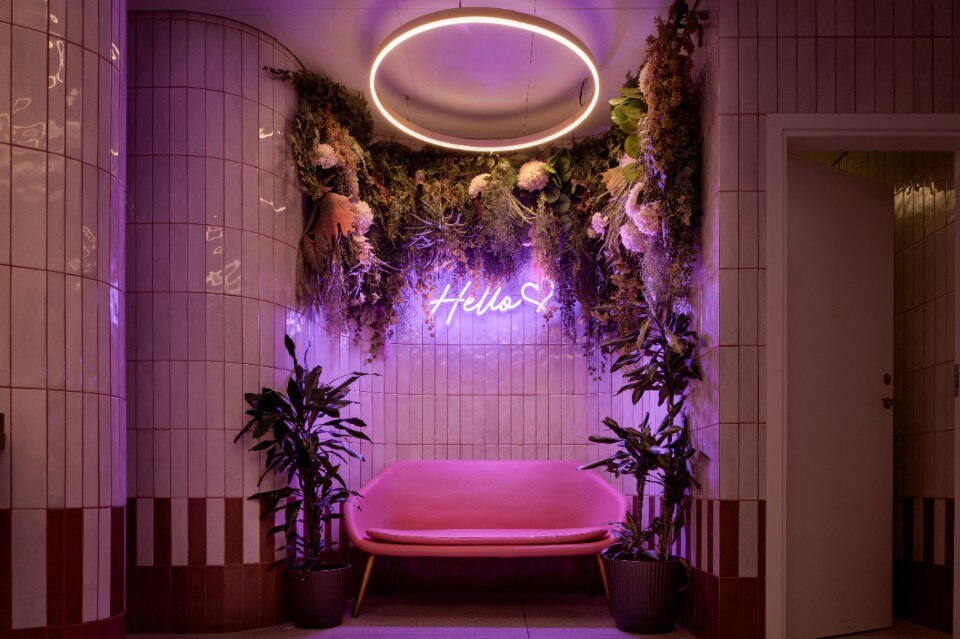
Design and ceramics renew a shopping center
FMG Fabbrica Marmi and architect Paolo Gianfrancesco, of THG Arkitektar Studio, have designed the restyling of the third floor of Reykjavik's largest shopping center. Ceramic, the central element of the project, covers floors, walls and furniture with versatile solutions and distinctive character.


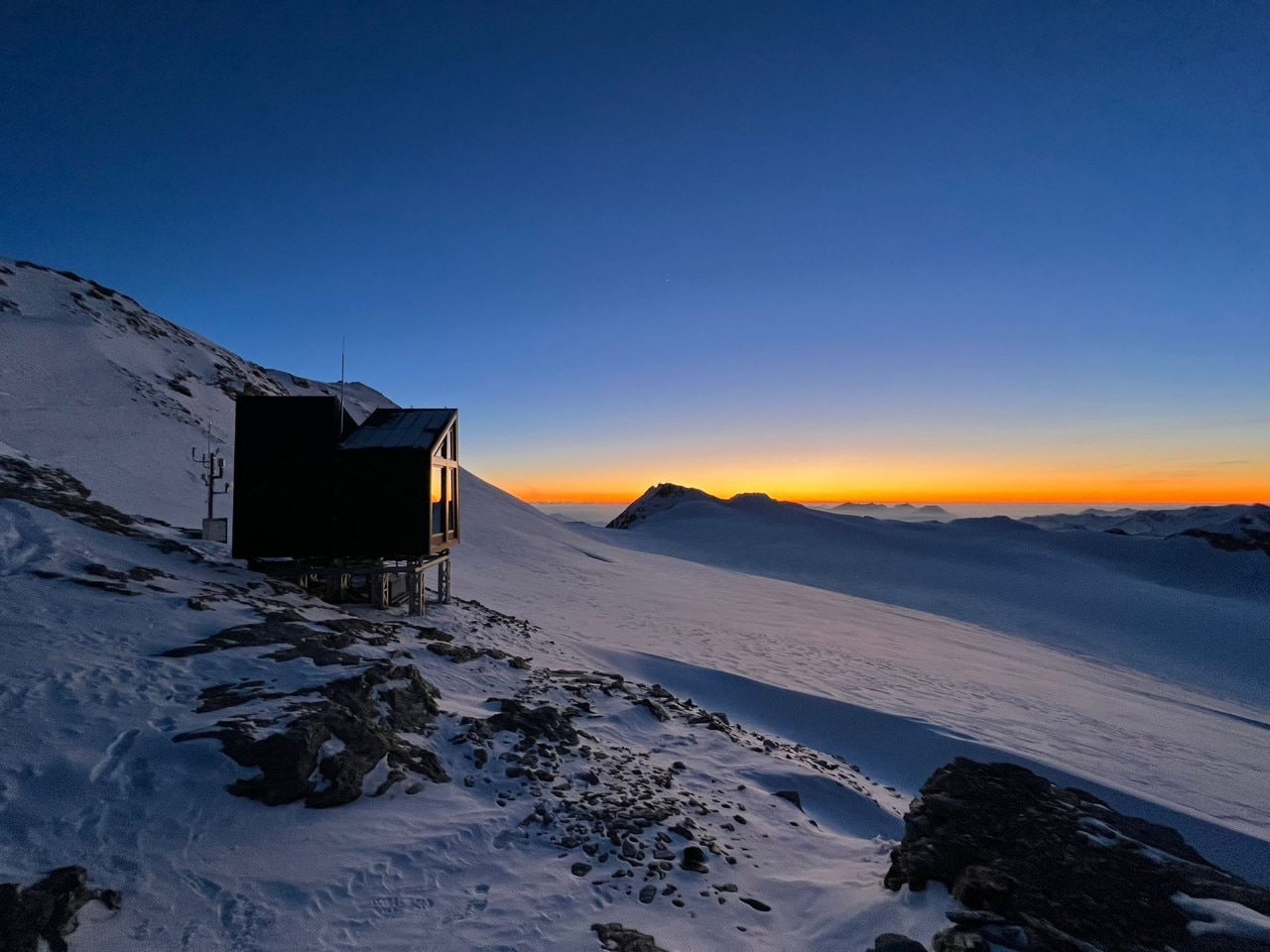

.jpeg.foto.rmedium.png)
.jpeg.foto.rmedium.png)
.jpeg.foto.rmedium.png)
.jpeg.foto.rmedium.png)
.jpeg.foto.rmedium.png)
.jpeg.foto.rmedium.png)
.jpeg.foto.rmedium.png)
.jpeg.foto.rmedium.png)
.jpeg.foto.rmedium.png)
.jpeg.foto.rmedium.png)
.jpeg.foto.rmedium.png)
.jpeg.foto.rmedium.png)
